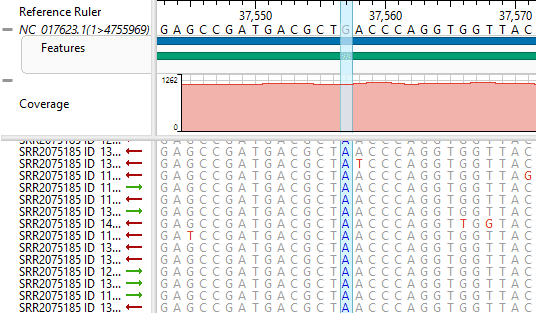Hi Calici
Try SeqNinja from DNASTAR
Seqanswers Leaderboard Ad
Collapse
Announcement
Collapse
No announcement yet.
X
-
Biopython doesn't need SciPy, and (on some versions of Mac OS at least) NumPy is already provided by Apple (although not the latest version). You can also install Biopython without NumPy (thins like PDB 3D structures won't work).
Leave a comment:
-
vivek_: Thanks, that worked quite beautifully. I would never have expected the solution to be that trivial.
maubp: Yes, Biopython should work but it's not too easy to install NumPy and SciPy properly, I've found. I'm no terminal wizz.
Leave a comment:
-
I was also going to suggest the command line tool cat, e.g.
Biopython should work fine on the Mac - using the Apple provided Python, the Python.org version, etc. Please seek help on our mailing list, or start a new thread here.Code:cat file1.fasta file2.fasta > combined.fasta
Leave a comment:
-
Can't you just concatenate the two files using cat if there are no duplicates?
Leave a comment:
-
Combine two FASTA files
I have a couple of fasta files I want to combine, two and two. They're >1 GB so reading them in R is too time consuming. I'm running a Mac on which I can't get Biopython to work and I don't find any tool for this specific purpose on Galaxy.
Does anybody have any suggestion/solution for my problem?Tags: None
Latest Articles
Collapse
-
by seqadmin
Proteins are often described as the workhorses of the cell, and identifying their sequences is key to understanding their role in biological processes and disease. Currently, the most common technique used to determine protein sequences is mass spectrometry. While still a valuable tool, mass spectrometry faces several limitations and requires a highly experienced scientist familiar with the equipment to operate it. Additionally, other proteomic methods, like affinity assays, are constrained...-
Channel: Articles
04-04-2024, 04:25 PM -
-
by seqadmin
Despite advancements in sequencing platforms and related sample preparation technologies, certain sample types continue to present significant challenges that can compromise sequencing results. Pedro Echave, Senior Manager of the Global Business Segment at Revvity, explained that the success of a sequencing experiment ultimately depends on the amount and integrity of the nucleic acid template (RNA or DNA) obtained from a sample. “The better the quality of the nucleic acid isolated...-
Channel: Articles
03-22-2024, 06:39 AM -
ad_right_rmr
Collapse
News
Collapse
| Topics | Statistics | Last Post | ||
|---|---|---|---|---|
|
Started by seqadmin, 04-11-2024, 12:08 PM
|
0 responses
25 views
0 likes
|
Last Post
by seqadmin
04-11-2024, 12:08 PM
|
||
|
Started by seqadmin, 04-10-2024, 10:19 PM
|
0 responses
28 views
0 likes
|
Last Post
by seqadmin
04-10-2024, 10:19 PM
|
||
|
Started by seqadmin, 04-10-2024, 09:21 AM
|
0 responses
24 views
0 likes
|
Last Post
by seqadmin
04-10-2024, 09:21 AM
|
||
|
Started by seqadmin, 04-04-2024, 09:00 AM
|
0 responses
52 views
0 likes
|
Last Post
by seqadmin
04-04-2024, 09:00 AM
|


Leave a comment: